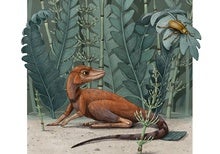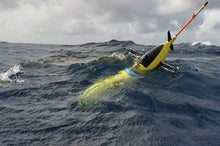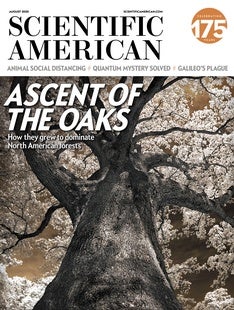 |
| July 14, 2020 |
Dear Reader,
Here are highlights from today's top stories: - The smallest conceivable length of time might be no larger than a millionth of a billionth of a billionth of a billionth of a second. That's according to a new theory describing the implications of the universe having a fundamental clock-like property whose ticks would interact with our best atomic timepieces.
- Massive dinosaurs and pterosaurs have a newfound cousin: a palm-size pipsqueak of a reptile, a new fossil reveals. Even the name of the newly described reptile—Kongonaphon kely, or "tiny bug slayer" in Malagasy and Greek—is an homage to its diminutive size, as well as its likely diet of hard-shelled insects, the researchers said.
- This year, as hurricanes race into the warming coastal waters of the U.S., an array of seagoing robots will be waiting for them. The torpedo-shaped machines will be positioned in what amounts to no man's land, places where no ships or humans might survive and where space satellites can't gauge the potency of storm action.
|
| | Sunya Bhutta, Senior Editor, Audience Engagement
@sunyaaa | |
 |
| |
| |
| |
| |
| |
| Conservation Why Some Birds Are Likely To Hit Buildings Birds that eat insects, are on migrations or that usually live in the woods are most likely to fly into buildings that feature a lot of glass. |  | By Jason G. Goldman | 02:27 | | | |
FROM THE STORE
 | | | |
| |
FROM THE ARCHIVE
 | | Time's Passage is Probably an Illusion From the fixed past to the tangible present to the undecided future, it feels as though time flows inexorably on. But that is an illusion By Paul Davies | October 2014 | | |
LATEST ISSUES
 |
| |
| Questions? Comments?  | |
| Download the Scientific American App |
| |
| |



















Comments
Post a Comment